
How to Keep Color Vibrant with Sulfate-Free Shampoos
Keep Your Color Radiant
This guide shows practical steps to preserve dyed hair vibrancy using sulfate-free shampoos. Learn when to switch, how to wash gently, and simple habits that extend color life without harsh chemicals for brighter, longer-lasting results and salon-quality finish daily easily.
What You’ll Need
L’Oréal Paris EverPure: Sulfate-Free Care for Color-Treated Hair
Choose the Right Sulfate-Free Shampoo
Think all sulfate-free formulas are the same? Think again — the right one protects color like armor.Select a product labeled for color-treated hair — look for tags like “color safe,” “UV protection,” or “color-lock.” These formulas are designed to preserve pigment and protect against fading.
Compare ingredients and avoid harsh components. Look for gentle surfactants such as cocamidopropyl betaine and sodium cocoyl isethionate that cleanse without stripping. Avoid high alcohols and strong clarifying agents that can accelerate dye loss.
Choose a pH-balanced formula (4.5–5.5) to help close the cuticle and lock pigment. Prefer color-depositing shampoos if you wear semi-permanent or vivid tones, and opt for hydrating cleansers with oils or glycerin for textured or porous hair. Test small quantities first; hair responds differently, and what preserves vibrancy for one person might weigh down or leave residue for another.
Master the Gentle Washing Technique
Could changing how you wash save weeks of salon time? Yes — gentle technique = long-lasting color.Rinse hair with lukewarm or cool water before shampooing to reduce initial pigment loss — imagine stepping into a cool shower that seals the cuticle rather than blasting hot water that opens it.
Use a small amount of sulfate-free shampoo; these formulas are concentrated. Emulsify the product in your palms until it feels slippery, then apply.
Apply shampoo to the scalp and massage gently with your fingertips. Avoid aggressive scrubbing, and never pile hair on top of your head (that tangles and stresses the cuticle). Let the light lather rinse down the lengths instead of forcing heavy suds through colored ends.
Rinse thoroughly with cool water to help close the hair cuticle and lock in color. Limit washing frequency to every 2–4 days as suits your scalp — many people find two washes a week preserves shine and tone.
For minor refreshes, try scalp-only cleansing to leave dyed lengths relatively undisturbed.
Condition and Seal the Cuticle
Conditioning isn’t optional — it’s the secret finishing coat for color that sings.Apply a color-safe conditioner immediately after shampooing. Squeeze excess water from hair, then press the conditioner into mid-lengths and ends — avoid heavy application at the scalp to prevent buildup.
Use a lightweight, pH-balanced formula to help close the cuticle. Leave the conditioner on for 1–3 minutes to allow penetration; for example, brush your teeth or shave while it works.
Treat highly processed or porous hair with a deeper conditioning mask once weekly to replenish moisture and reduce porosity so dye stays put. Follow mask instructions — typically leave 10–20 minutes under a shower cap for best results.
Rinse thoroughly with cool water to set the cuticle and boost shine.
Finish with a lightweight leave-in containing UV filters or antioxidants to protect color from environmental fading.
Protect Color from Heat, Sun, and Water
Sun, hot tools, and pools are color’s worst enemies — here’s your defense plan.Use a heat protectant spray or cream before blow-drying or using hot tools. Keep styling temperatures moderate (about 350°F / 175°C or lower) and air-dry when possible — for example, twist damp hair into a loose bun and let it dry overnight to reduce heat exposure.
Wear a wide-brimmed hat or apply a UV-protective hair spray when spending time outdoors; sunlight oxidizes dye and fades bright tones quickly. Reapply UV spray before prolonged sun exposure, like a full afternoon at an outdoor event.
Wet hair with clean water and apply a conditioner or barrier product (leave-in or swim-specific protectant) before swimming in chlorinated pools or the ocean. Rinse immediately after swimming and shampoo when you can to remove chlorine and salt.
Favor cooler showers and keep wash time short to minimize pigment loss. Limit frequent sauna sessions or daily swims; if you must, refresh color with a dilute color-depositing conditioner or gloss every 2–4 weeks to restore vibrancy.
Maintain a Color-Supportive Routine Between Washes
Small habits between shampoos add up — want salon-level color longevity? Stick to these rituals.Use dry shampoo to stretch time between washes — spray roots, massage with fingertips, and brush out to keep oil and grime from forcing extra shampoos. For example, refresh before a night out to skip a wash and keep color longer.
Refresh tones with a color-depositing conditioner or mask every 2–6 weeks, especially for reds and fashion shades. Apply to damp hair, leave 5–15 minutes depending on intensity, then rinse.
Trim regularly to remove split ends that make color look dull; schedule small trims every 6–10 weeks.
Book a professional gloss or toner every 8–12 weeks to rebalance faded pigments and boost shine — ask your colorist for a demi-permanent refresh.
Test your water for hardness; install a shower filter if minerals are high, or rinse with filtered/bottled water after dyeing to avoid dulling.
Track product performance: rotate sulfate-free shampoos if one feels coated, and use a mild clarifying treatment sparingly (once a month or less) to reset vibrancy.
Keep Color Looking Fresh
Switching to the right sulfate-free shampoo, gentle habits, protection, and targeted maintenance keeps dyed hair vibrant longer; try these steps, watch your color glow, and share your results so others can learn—start today and see lasting, noticeable changes right away.

Hello! I’m Ava Wilson, a passionate advocate for healthy, beautiful hair. With years of experience in the hairstyling industry and a deep-rooted love for all things hair, I’ve made it my mission to share valuable insights and expert tips on nurturing and styling locks.
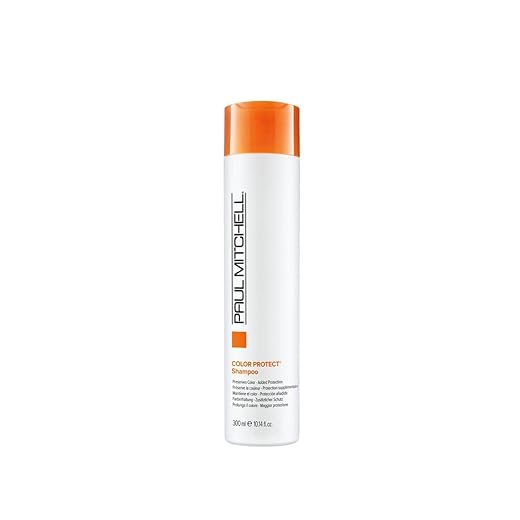
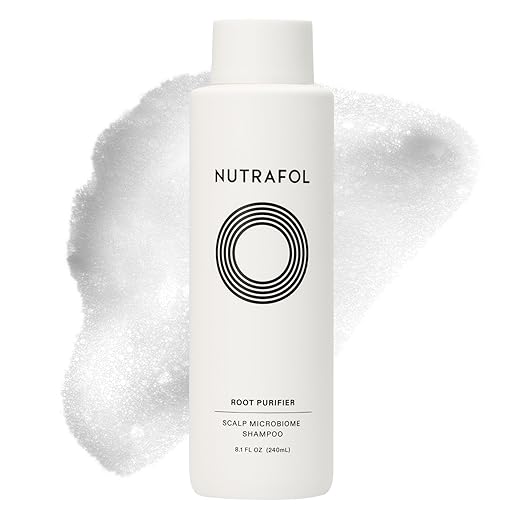
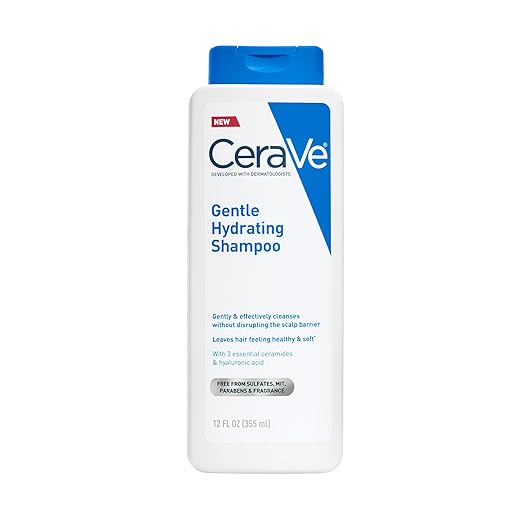
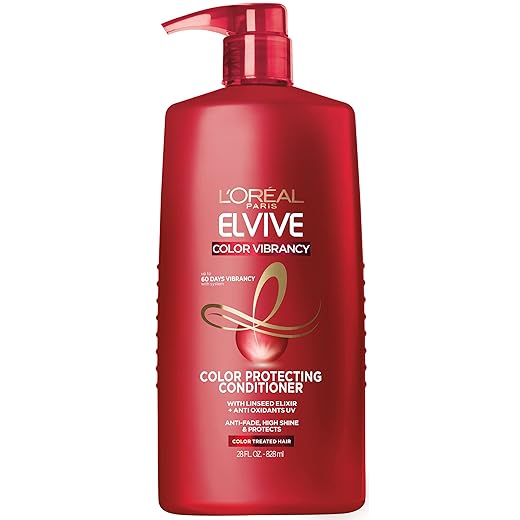


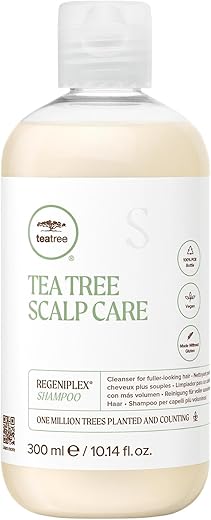
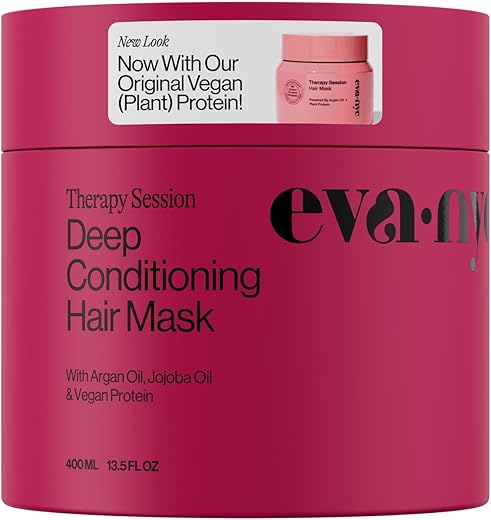
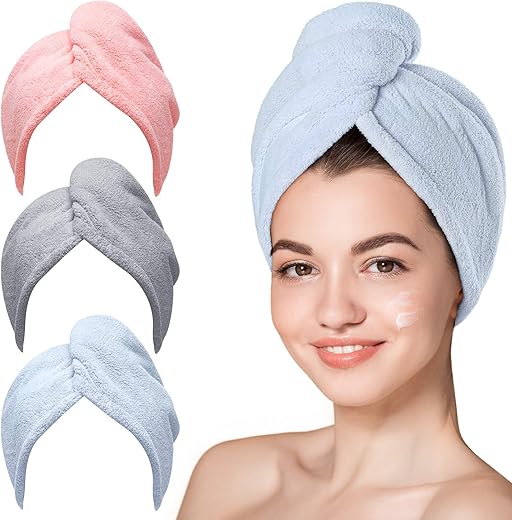
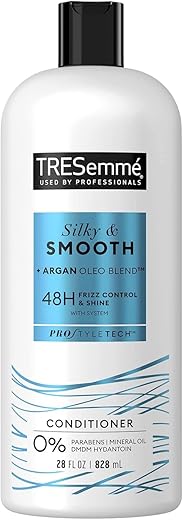
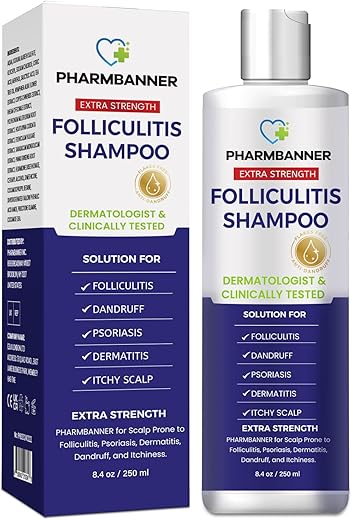

Long comment incoming because this stuff actually saved my hair:
I used to alternate between cheap drugstore shampoos and color services every month. My hair turned into straw. After switching to sulfate-free and doing the cool rinse + seal cuticle routine, not only did color last longer, my hair is softer. Seriously recommend the leave-in with UV protection. Also, sleeping on a silk pillowcase helps reduce friction — small wins add up!
Yesss to silk pillowcases. My tangles dropped dramatically.
Silk pillowcase is underrated! Also invest in a wide-tooth comb for wet hair.
Thanks for sharing the before/after, Chloe — those cumulative habits really do make a big difference. Silk pillowcases are a great low-effort add-on.
I tried the clarifying once before switching to a sulfate-free routine and omg my color faded so fast. The guide’s advice about choosing a shampoo with UV filters sounds useful — anyone tried one specifically for blondes?
I use a purple sulfate-free shampoo every 2 washes to keep brassiness down. Helps a lot without drying my hair out.
If you have highlights, try a purple conditioner instead — less mess and still tones!
Good memory on clarifying — it can strip color if done too often. For blondes, look for sulfate-free shampoos labeled ‘color-protect’ with UV filters and toning properties (purple pigments). Brands vary by region, but the ingredient list and ‘color-safe’ labels help.
Not related but can someone explain ‘co-wash’? Is it literally conditioner only? Seems weird but intriguing.
Yep, conditioner only. I use it sometimes between shampoos and it keeps color while cleaning a bit.
Co-wash = conditioner-only wash. It’s useful for very dry or curly hair to avoid frequent surfactant use. For color-treated hair, use a color-safe co-wash product occasionally. Just watch for buildup and alternate with a gentle sulfate-free shampoo.
Real talk: my wallet hurts switching to mid-range sulfate-free brands, but my color lasts so much longer that I’m budgeting for it now. You’re welcome, bank account. 😅
Totally understandable. Think of it as investing in maintenance — longer-lasting color means fewer salon touch-ups. Also look for travel/trial sizes to test before committing.
Sales and subscription plans help. My salon sold me a take-home product kit that lasted ages.
I mix an expensive shampoo with a cheaper conditioner and it stretches my budget while keeping results.
Great guide — super practical. I switched to a sulfate-free shampoo last month and noticed my red highlights stayed brighter. The tip about using cool water was a game changer for me.
Question: how cold is too cold? My apartment shower barely gets warm in winter 😂
Awesome to hear it worked for your highlights, Liam! Cool to lukewarm is usually perfect — not ice-cold. The goal is to avoid hot water that opens the cuticle and lets color slip out.
Same here, Liam. I do a warm rinse to get suds out and a quick cool rinse at the end. Saves me from hypothermia but still seals the color 😅
Not a beauty person but this was surprisingly clear. The heat-protection points were practical. Quick note: some ‘heat protectant’ sprays smell terrible — any recs for ones that don’t smell like chemicals?
Thanks, Daniel. Look for silicone-based sprays with added oils (arginine, jojoba) and fragrance notes listed as natural or light. Fragrance preferences vary, so try travel sizes when possible.
I like a lightweight serum with heat protectant. It smells like coconut — much nicer than chemical sprays.
Nitpick: the guide could’ve included a brief product checklist — like what to look for on labels. Other than that, super helpful and not too preachy. 👍
Great feedback, Ava — a label checklist is a good idea. I’ll add a short bulleted list in the next update (look for sulfates absence, mention of ‘color-safe’, UV filters, moisturizing agents, no drying alcohols).
Yes please! Even a short ‘avoid these ingredients’ would be nice for newbies.
Question: how often should I do a color-depositing conditioner vs a regular color-safe conditioner? I have mid-length red hair and it fades fast in summer. ☀️
I use a color-depositing mask once a week in summer and it keeps my copper tones poppin’.
For reds, color-depositing conditioners every 1–2 weeks can help maintain vibrancy, depending on how much it fades. Alternate with a regular moisturizing color-safe conditioner to avoid buildup and over-toning.
Don’t overdo pigment masks — they can make hair feel heavy. Start with once every 7–10 days.
I’m skeptical of some ‘sulfate-free’ products that still claim deep cleans. Feels like marketing. But after months of use, my dye held up better than expected. So maybe the label matters more than I thought.
Marketing can be confusing. Look beyond ‘sulfate-free’—check the full surfactant list (milder ones like cocamidopropyl betaine) and the conditioning agents. Results also depend on your hair porosity and dye type.
Sometimes the ‘deep clean’ claim just means it has stronger surfactants — which can strip color. Be careful.
Agreed. I read ingredient lists and try to steer clear of drying alcohols and heavy silicones if I’m aiming for natural-looking color.
Short and sweet — loved step 2 (gentle washing). I used to scrub my scalp like it owed me money. Now I actually massage gently with fingertips and my color and scalp feel better.
Also, the bit about not over-washing… so hard for me, I workout daily. Any tips for keeping hair fresh without shampooing every day?
Dry shampoo is life. Also a quick braid during workouts reduces sweat contact with hair.
For daily workouts: dry shampoo on the roots, a quick rinse of cool water, and tying hair up can help. If you sweat a lot, a gentle co-wash (color-safe conditioner only) can refresh without stripping color.
I do a diluted apple-cider-vinegar spray (very diluted!) between washes — it helps with odor and leaves hair feeling clean. Be careful with frequency though.
Love the humor in the guide and the practical steps. One tip I’d add: use microfibre towels to dry gently — they reduce friction and prevent cuticle damage. Small tweak, big results.
Excellent tip, Maya — microfiber towels are great for reducing friction and helping the cuticle stay smooth. I’ll add that in the next revision. Thanks!
Yes! Microfiber + gentle scrunching = less frizz, too.
Also plop if your hair’s wavy — keeps shape while protected.
I appreciated the ‘between washes’ routine. The schedule suggestions (dry shampoo, co-wash, mask) made it feel doable. Also, small confession: I sometimes use sunscreen on my hairline when I’m out all day — is that overkill? 😂
Not overkill! Hairline and parting get sun exposure. A bit of sunscreen on exposed scalp or a hat is totally fine. There are also hair-specific UV mists if you prefer.
I use a light UV spray — less sticky than sunscreen and designed for hair.